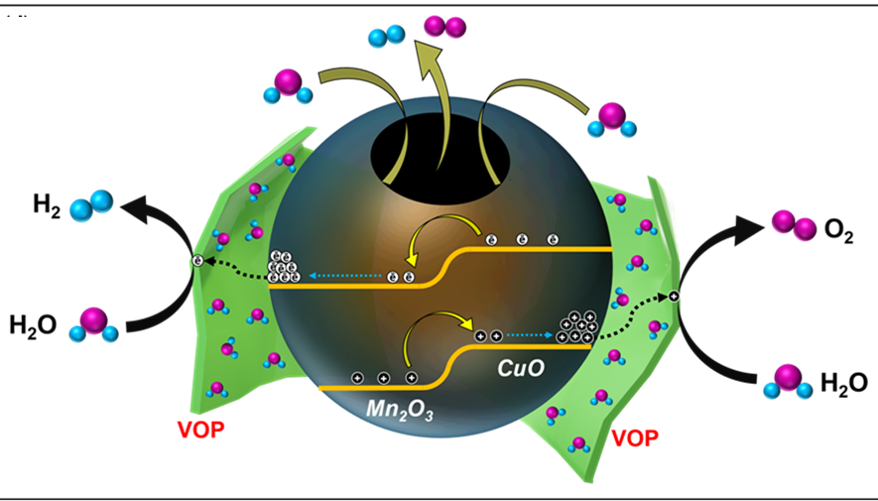Supercapacitors, also known as electrochemical capacitors or ultracapacitors, have garnered considerable attention as a prominent alternative to traditional batteries and capacitors. They exhibit unique attributes, such as rapid charge and discharge rates, extensive cycle life, and high-power density. This article elucidates the latest research domains within the supercapacitor field, reflecting the trends and innovations that are shaping future applications.
1. Advanced Materials for Electrodes
The quest for high-performance supercapacitors often pivots on the development of advanced electrode materials. Recent investigations have highlighted the promise of various carbon-based nanomaterials, including graphene, carbon nanotubes, and activated carbon. These materials exhibit excellent conductivity and surface area, enhancing energy storage capabilities. However, the integration of transition metal oxides and conductive polymers has emerged as a parallel focus. Transition metal oxides, such as titanium dioxide and manganese oxide, have shown potential for electrochemical performance optimization due to their pseudocapacitive characteristics. Moreover, hybrid materials that combine carbon with conductive polymers are being engineered to yield supercapacitors with improved specific capacitance and cycling stability.
2. Ionic Liquids and Hybrid Electrolytes
The electrolyte plays a pivotal role in determining the efficiency and stability of supercapacitors. Traditional aqueous electrolytes have limitations related to voltage window and stability. Consequently, researchers are increasingly exploring ionic liquids and hybrid electrolytes that can expand operational voltage ranges while ensuring non-volatility. Ionic liquids, with their negligible vapor pressure and thermal stability, have been incorporated to enhance performance metrics. Hybrid electrolytes, which incorporate both ionic liquids and conventional electrolytes, are also being examined for their potential to combine the advantageous properties of each, ultimately leading to higher energy densities.
3. Bifunctional Materials
Another burgeoning area of research focuses on bifunctional materials capable of serving as both electrode and electrolyte components. These materials, which can display high capacitance while simultaneously facilitating ionic conductivity, are pivotal in the quest for compact and efficient supercapacitors. Investigations into metal-organic frameworks (MOFs) and covalent organic frameworks (COFs) have gained traction, revealing their multifaceted potential in energy storage applications. Their tunable porosity and chemical adaptability present opportunities for novel device architectures that amalgamate electrochemical and electrostatic storage mechanisms.
4. Flexible and Wearable Supercapacitors
The advent of wearable technology has ushered in a corollary interest in flexible supercapacitors. Emerging research incorporates materials that retain high performance while being adaptable to various substrates. Conductive polymers and composites with elastomers serve as primary candidates for these applications, promoting utilization in flexible electronics. Such innovations not only enhance user comfort but also expand the applicability of supercapacitors in, for example, smart textiles and health monitoring devices. Essential to this line of inquiry is the exploration of scalable manufacturing techniques that can maintain material integrity while yielding economically viable products.
5. Energy Storage Systems Integration
Supercapacitors are increasingly being integrated into novel energy storage systems. Research is currently focused on hybrid arrangements that combine supercapacitors with lithium-ion batteries, leveraging the rapid discharge characteristics of supercapacitors with the high-energy density of batteries. This synergy could result in improved performance across applications ranging from electric vehicles to renewable energy systems. Investigation into control strategies and hybrid energy management systems is essential to synchronize the divergent properties of these energy storage technologies, ensuring optimal performance.
6. Self-healing Supercapacitors
In the pursuit of sustainability, self-healing supercapacitors have distinguished themselves as a promising research direction. These innovative devices employ smart materials that can autonomously repair themselves upon damage, thereby mitigating performance degradation over time. Such materials are often established on dynamic covalent chemistry principles or use intrinsically self-healing polymers. Research in this domain strives to enhance the longevity and reliability of supercapacitors, ensuring they remain operational in applications requiring durability against everyday wear and tear.
7. Simulation and Modeling Techniques
Numerical modeling and simulations have become indispensable tools in advancing supercapacitor research. Computational methods allow for the analysis of charge transport phenomena, structural characteristics, and electrochemical kinetics without exhaustive experimentation. Techniques like molecular dynamics (MD) simulations and density functional theory (DFT) enable researchers to predict the properties of novel materials before synthesis. By refining the theoretical underpinnings, these approaches facilitate the discovery of innovative compositions and configurations with enhanced performance metrics.
8. Environmental and Economic Sustainability
Research into supercapacitors is increasingly oriented towards environmental and economic sustainability. Investigations are concentrated on the life-cycle analysis of materials used in supercapacitor manufacture, searching for biodegradable or abundant alternatives. Moreover, the ecological implications of raw material extraction and end-of-life recyclability are being scrutinized. This line of inquiry aims to cultivate sustainable practices within the supercapacitor industry, ensuring that advancements do not come at an environmental cost.
In summary, the supercapacitor field is thriving with diverse research topics that examine advanced materials, innovative electrolytes, and integration with existing energy systems. As technology evolves, the interplay between these subjects will catalyze breakthroughs, leading to enhanced energy storage solutions that meet the demands of modern-day applications. The continued exploration of novel materials and sustainable practices promises to propel the supercapacitor field into an era characterized by unprecedented efficiency and resilience.












